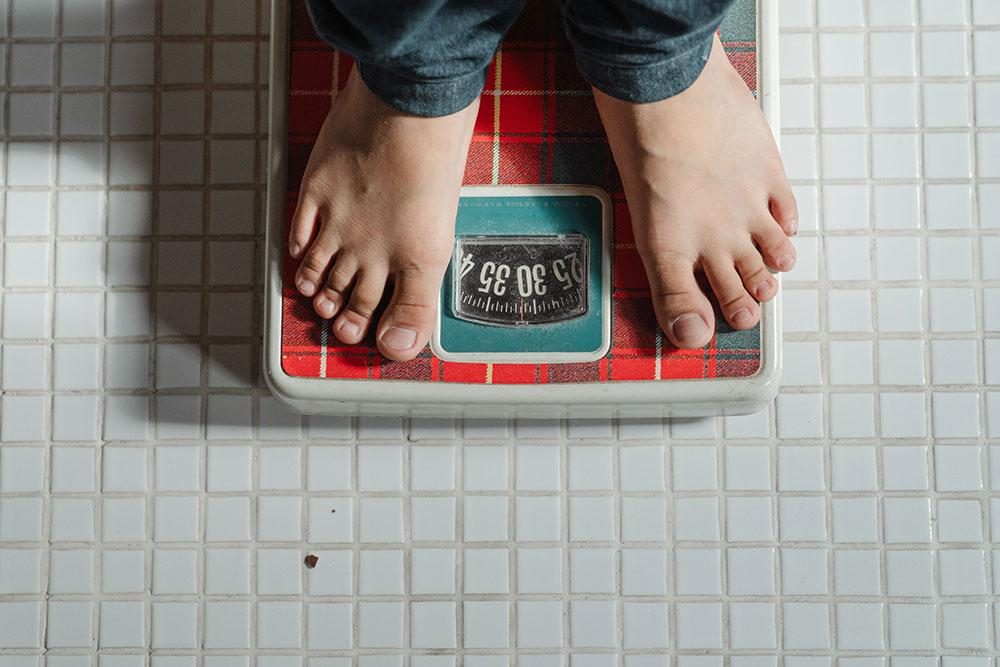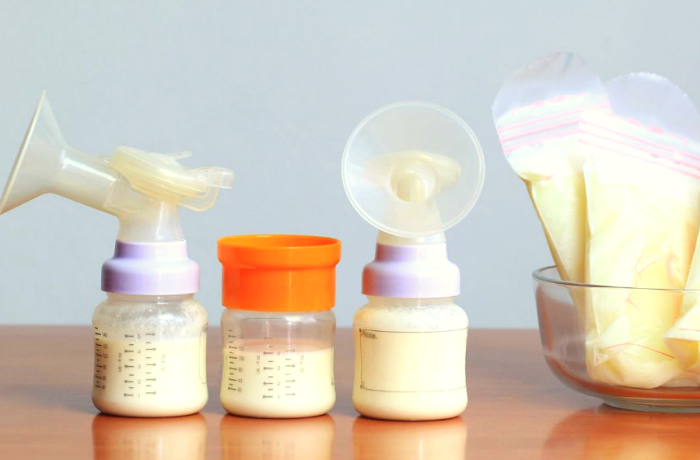Ask a Doctor: Combating Childhood Obesity
by on 10/06/2020 ...

Dr. Ooi Hooi Leng, consultant paediatrician and paediatric endocrinologist at KPJ Klang Specialist Hospital, talks to us about the causes, risks and strategies to combat childhood obesity.
1. How do I know if my child is obese?
BMI (Body Mass Index) = Weight (kg)
Height2 (m2)
For adults, WHO defines overweight is a BMI greater than or equal to 25 and obesity is a BMI greater than or equal to 30.
For children, overweight is BMI-for-age greater than 1 standard deviation above the WHO Growth Reference median and obesity is greater than 2 standard deviations.
BMI calculation should be used as a guide only. Your Pediatrician can help to assess whether or not your child’s weight is of concern.




2. How common is childhood obesity?
Changing lifestyle and dietary patterns have contributed to increasing obesity rates in children. Childhood obesity is a major public health problem in many developed and even developing countries.
41 million children under the age of 5 were overweight or obese in 2016.
Over 340 million children and adolescents aged 5-19 were overweight or obese in 2016
According to 2015 Malaysia National Health and Morbidity Surveys, 15% of toddlers and 30% of primary school children is either overweight or obese
3. What are the causes of childhood obesity?
Results from a combination of eating too much, getting too little physical activity and genetic factors.
4. Will children outgrow their obesity?
Not really. Obese children tend to become obese adult especially if they have the following features:
a) Become obese after the age of three. 55% of obese children between 6 – 9 years old become obese adult and the risk increased to 75% for those between 10-14 years old.
b) The more severe the degree of obesity, the higher the likelihood it will persist.
c) Obesity in one or both parents.

5. Is childhood obesity less severe than adult obesity?
Childhood obesity leads to about 30% of adult obesity. Natural history of childhood obesity that persists into adulthood suggests that obese child who becomes an obese adult will have more severe adult obesity than adults whose obesity began in adulthood.
6. What are the complications of obesity in children?
Obesity can result in serious health problems in childhood and later life. It predisposes them to:
a) Insulin resistance and Type 2 Diabetes especially if there are family members with Diabetes.
b) High blood pressure and elevated bad cholesterol. This will cause narrowing or blockage of arteries by the cholesterol plaque thus predisposes them to early heart attack or stroke.
c) Sleep apnea which is breathing difficulty during sleep. It also causes snoring, waking often and poor sleep. It makes them feel tired and contributes to poor concentration during the day.
d) Liver problems including fatty liver.
e) Increased body weight results in excess load to the bone and joint, causing early wear and tear especially to the lower limbs and feet resulting in bone pain and deformities.
f) Most obese children will experience psychological problems include low self- esteem, teasing by friends in school, social isolation, anxiety or depression.

7. What are the strategies in combating childhood obesity?
a) Obesity prevention should start as early as mother’s pregnancy and continue to early childhood. Excessive weight gain during pregnancy can lead to a baby’s heavier birth weight which will increase the risk of overweight or obese during childhood
b) Promote breastfeeding. Exclusive breastfeeding from birth until six months and continued breastfeeding up to 2 years should be encouraged. Various studies have shown a weak but consistent protective effect of breastfeeding on the development of obesity.
c) Preventing our child from becoming obese is far easier and less painful than to have asked them to lose the excess weight. In growing children, it is important to at least maintain the current weight so that the BMI will drop further as the child grows taller.
d) Adopt a healthy lifestyle for the whole family. Be a good role model by keeping your own BMI within the normal range. Implement the same healthy diet and active lifestyle for the whole family and not just for the children.
e) Avoid crash diets, appetite suppressants or humiliating or teasing an overweight child as it does not help them in losing weight.
8. How can I ensure a healthy diet for my child?
f) Avoid fast food, deep fried food, junk food, sugary food and food cooked with coconut milk. Use less oil and try grilled or steam dishes. Eat more vegetables and fruits. Limit takeaway and fast food.
g) Make water the main drink. Avoid sugary soft drink/processed fruit juice, cordial, bubble tea.
h) Eat breakfast to avoid them consuming too much snack or large lunch meals.
i) Provide healthy snacks low in calories. Fruits and vegetables make excellent choices.
j) Offer smaller portion. Serving 10 or 20 per cent less over time can make a significant difference.
k) Have family meals together at least once a day. Make mealtime a happy time.
l) Avoid rushing to finish meals. Eating too quickly does not allow time to digest and to feel a sense of fullness.
m) Avoid eating while watching TV.
n) Encourage babysitter/maid and grandparents not to give children unhealthy foods.
o) Educate your child about making healthier choices at the school canteen.

9. What about active lifestyle?
a) Be active for at least 1 hour a day. Encourage lots of opportunities for active play for pre-school children and toddlers. To kids, exercise is about having fun. The activity can also be incorporated into usual daily routines and carried out small amounts over the day e.g. using stair case instead of lift, help with the household chores or play with friends in the evening. Become active as a family and plan family outing together.
b) Limit total screen time to 2 hours a day which includes TV, computer, IPAD and playing electronic games.
c) Promoting sufficient, high-quality sleep
- 1-2 years : 11-14 hours of sleep ( including naps)
- 3-5 years : 10-13 hours of sleep (including naps)
- 6-12 years : 9-12 hours
About Author

Dr. Ooi Hooi Leng works as a consultant paediatrician and paediatric endocrinologist at KPJ Klang Specialist Hospital. She specialises in general paediatrics, newborn babies and immunisation, childhood diabetes, and children with hormonal problems (short stature, growth disorders, obesity, thyroid disorders, disorders of puberty and metabolic bone disease).































